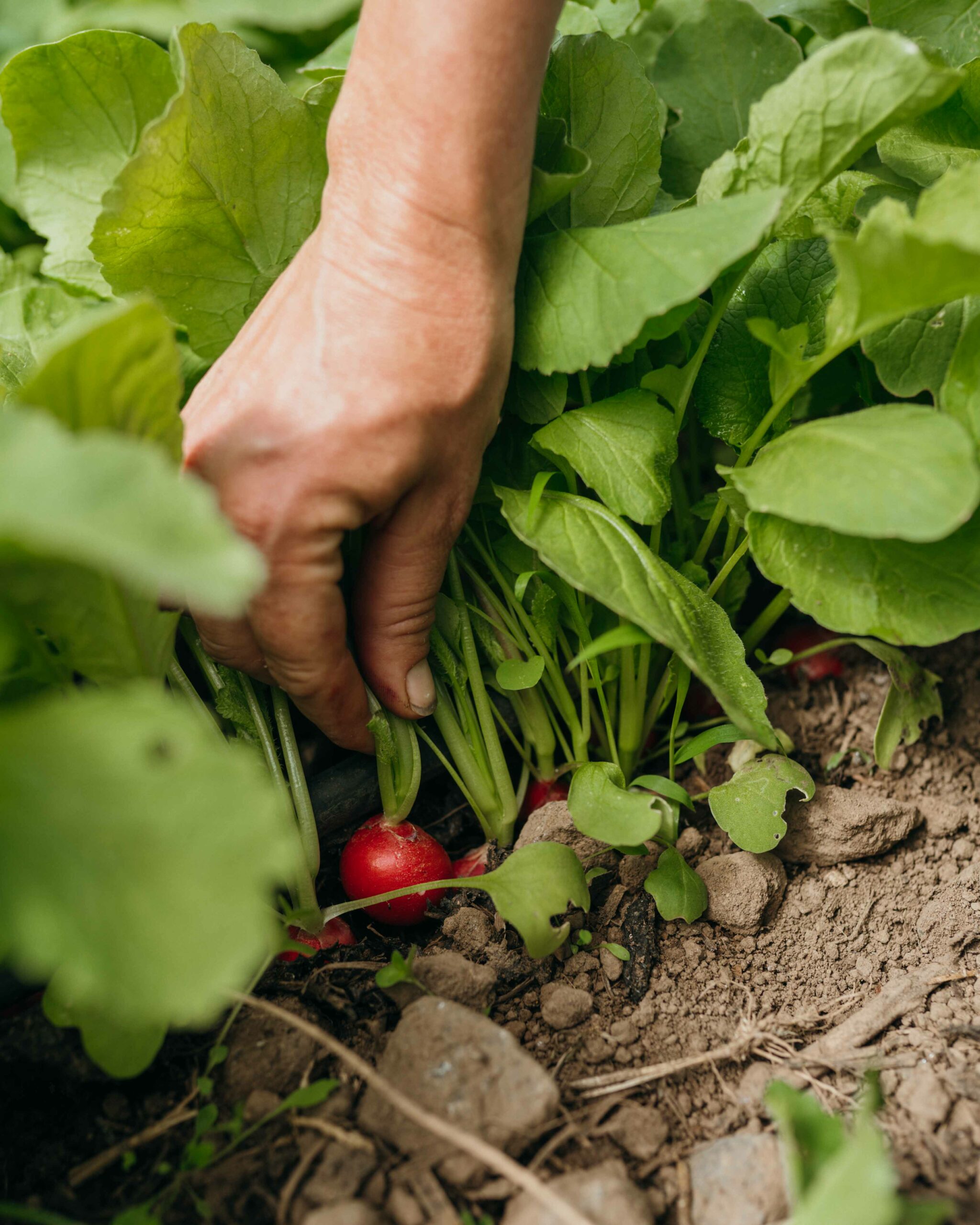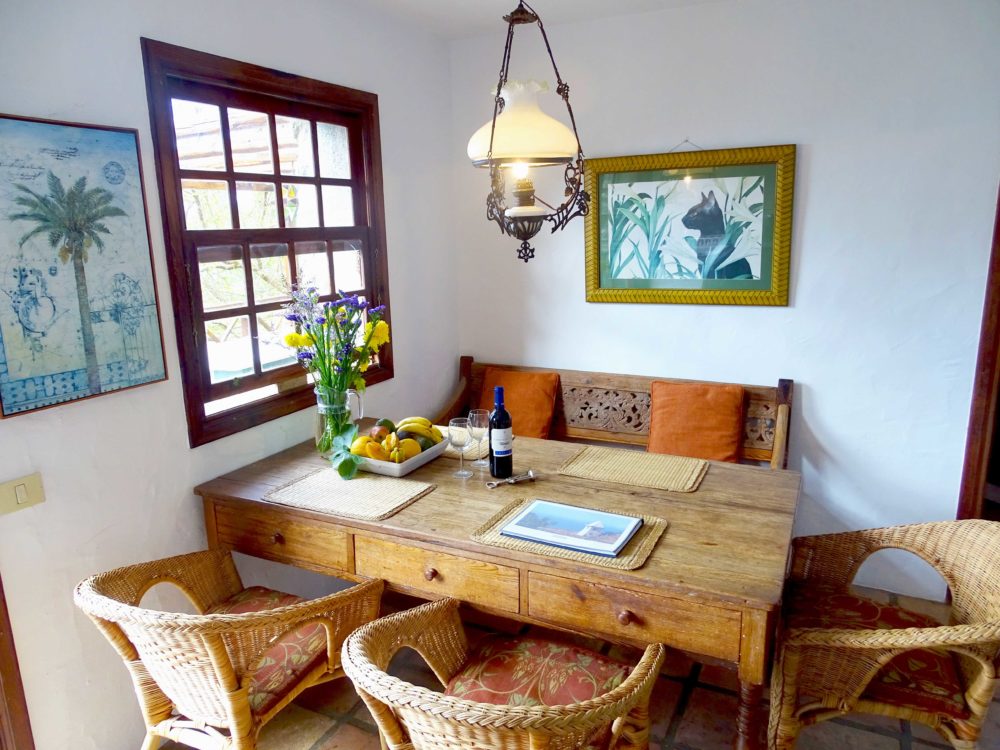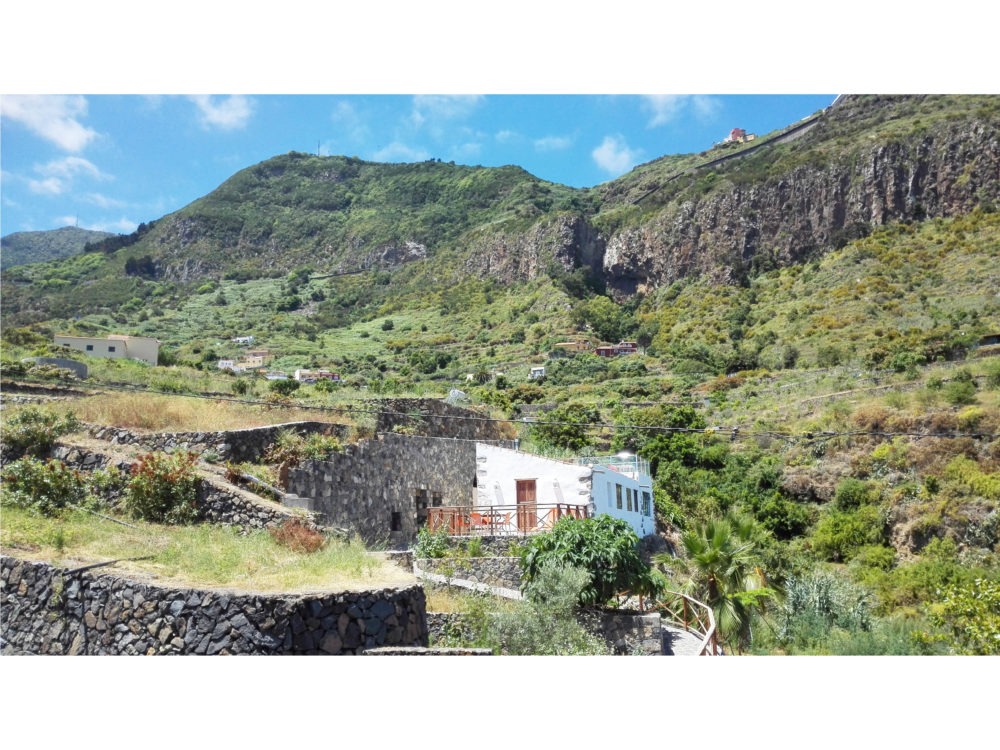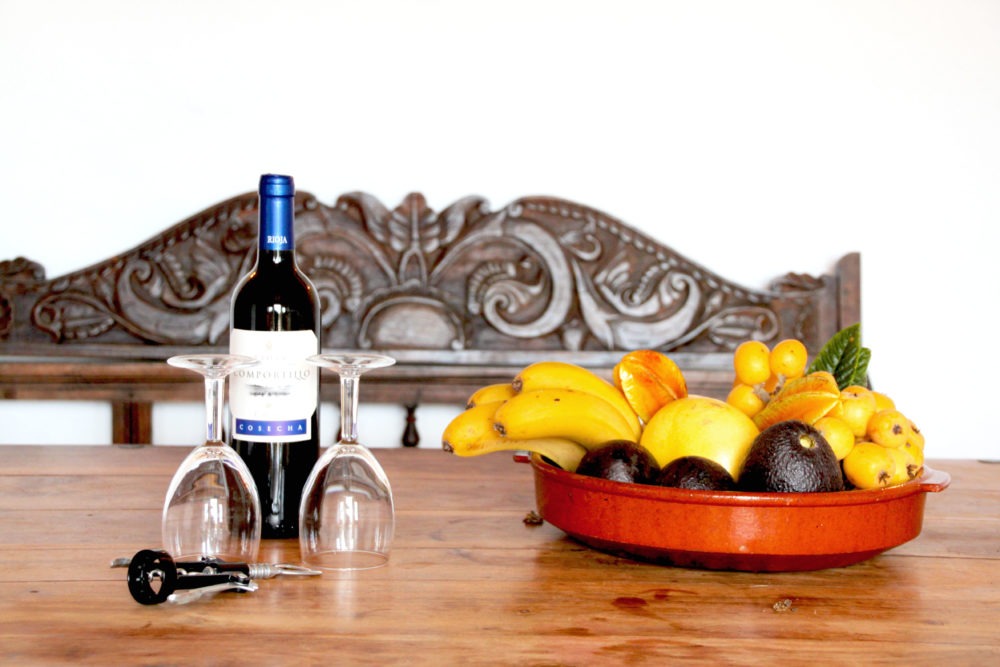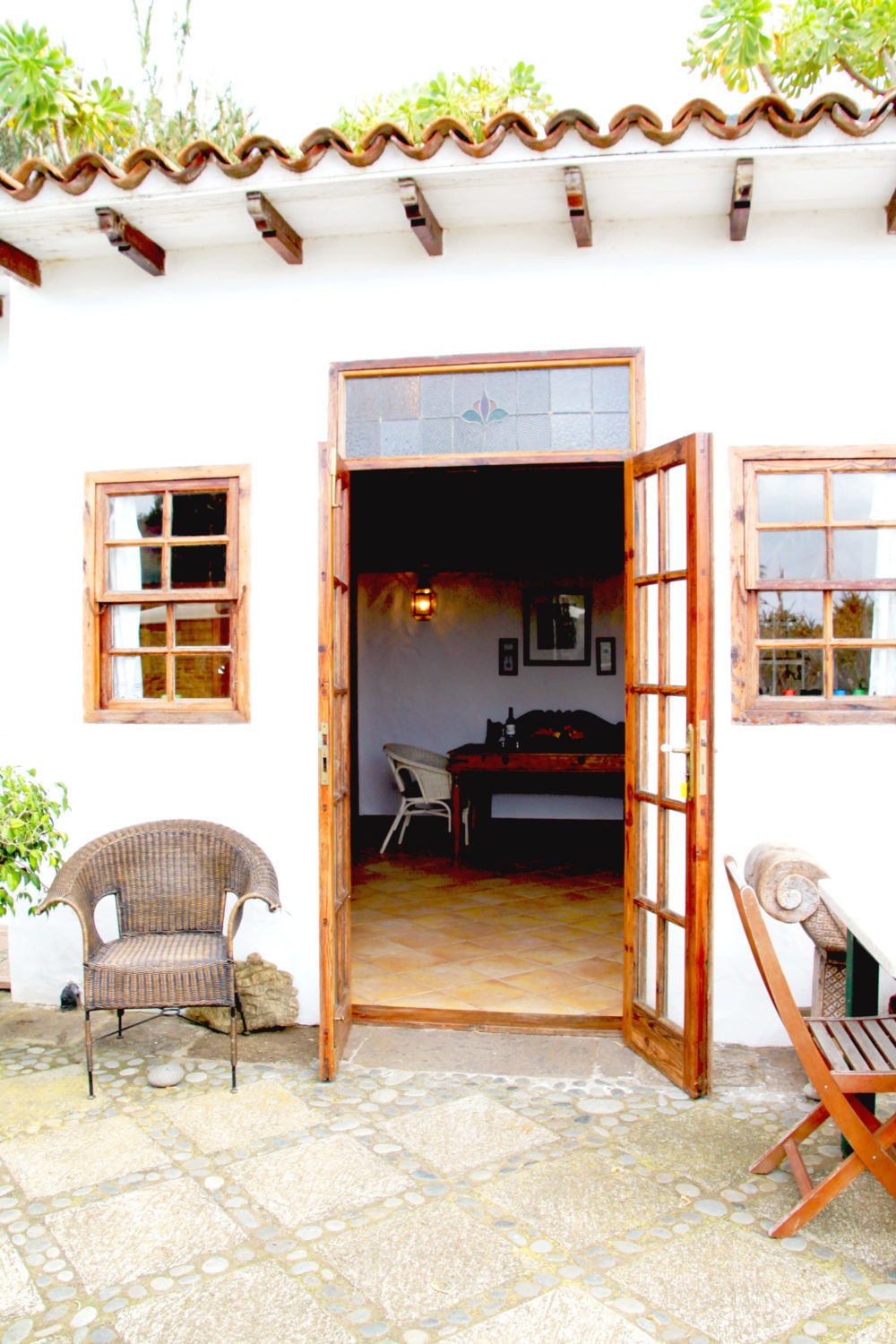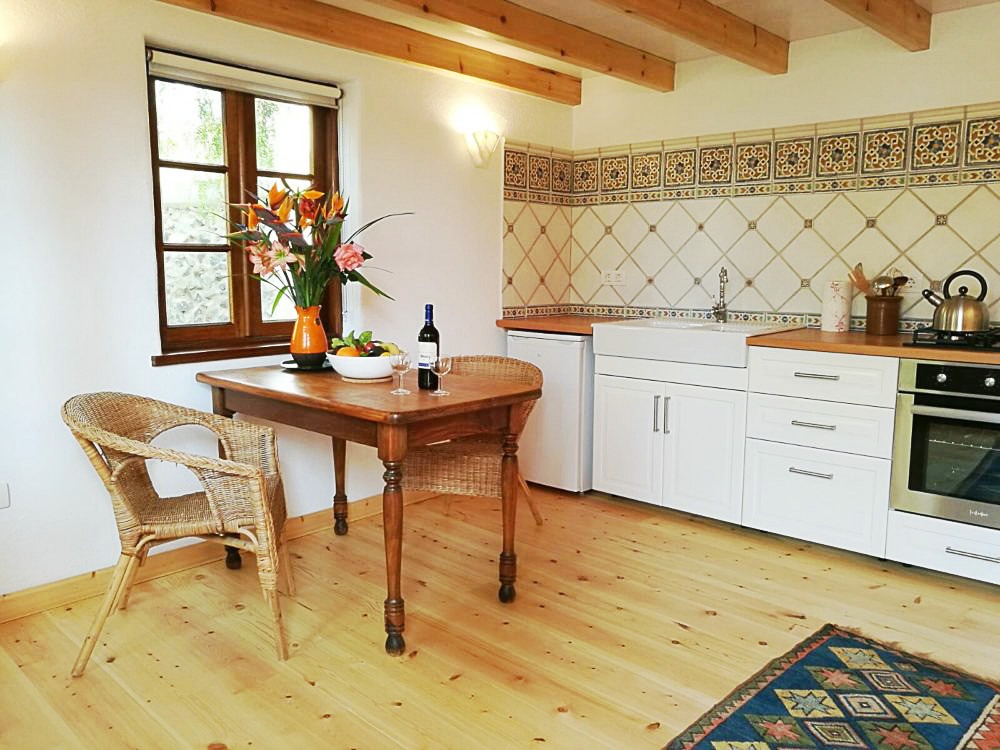Raphanus sativus var. sativus
Radieschen
Englische Bezeichnung: Radish
Spanische Bezeichnung: Rabanitos
Familie
Kreuzblütengewächse (Brassicaceae)
Verwendbare Teile
Knolle und Blätter
Hauptbestandteile
-
Mineralstoffe: Kalium
-
Vitamine: C, K,
-
Sekündäre Pflanzenstoffe: Anthocyane sowie krebsfeindliche Senfölglycoside
Ernte-Hinweise:
Die Erde seitlich etwas auflockern und die Radieschen am Laub vorsichtig aus der Erde ziehen.
Verwendung:
Rohkost, Blanchieren, Braten, Backen
-
z.B.: als Gemüsebeilage, in Suppen, Salaten, auf Sandwiches…
Ursprünglich stammt das Radieschen aus China und Japan. Erst seit dem 16. Jahrhundert findet man sie auch in Europa. Die Knollen können von leuchtendem Pink, über rot-weiß bis gelb variieren.
Family
Cruciferous Vegetables (Brassicaceae)
Parts Used:
Root and leaves
Key Constituents:
-
Minerals: potassium
-
Vitamins: Vitamin C, K
-
Secundary plant substances: Anthocyanins, as well as anti-cancer sulfur-containing glucosinolate compounds, isothiocyanates and sulforaphane
Harvesting Guidelines:
Loosen the soil a little on the sides and carefully pull the radishes out of the soil.
Use:
Raw, blanching, sauteeing, baking
-
e.g.: as a vegetable garnish, in soups, salads, on sandwiches…
Originally, the radish comes from China and Japan. Only since the 16th century they are also found in Europe. The tubers can vary from bright pink, red-white to yellow.
Familia
Brassicaceae
Partes aprovechables:
Raíz y ojas
Principales Constituyentes:
-
Minerales: potasio
-
Vitaminas: Vitamina C, K
-
Sustancias vegetales secundarias: Antocianinas y glucósidos de aceite de mostaza anticancerígenos
Indicaciones de Cosecha:
Afloja un poco la tierra por los lados y saca con cuidado los rábanos de la tierra por las hojas.
Uso:
cruda, Escaldar, asar, hornearo
-
por ejemplo: ejemplo: como guarnición, en sopas, ensaladas, en sándwiches
Originalmente, el rábano procede de China y Japón. En Europa existe desde el siglo XVI. Los bulbos pueden variar de rosa brillante a rojo y de blanco a amarillo.
